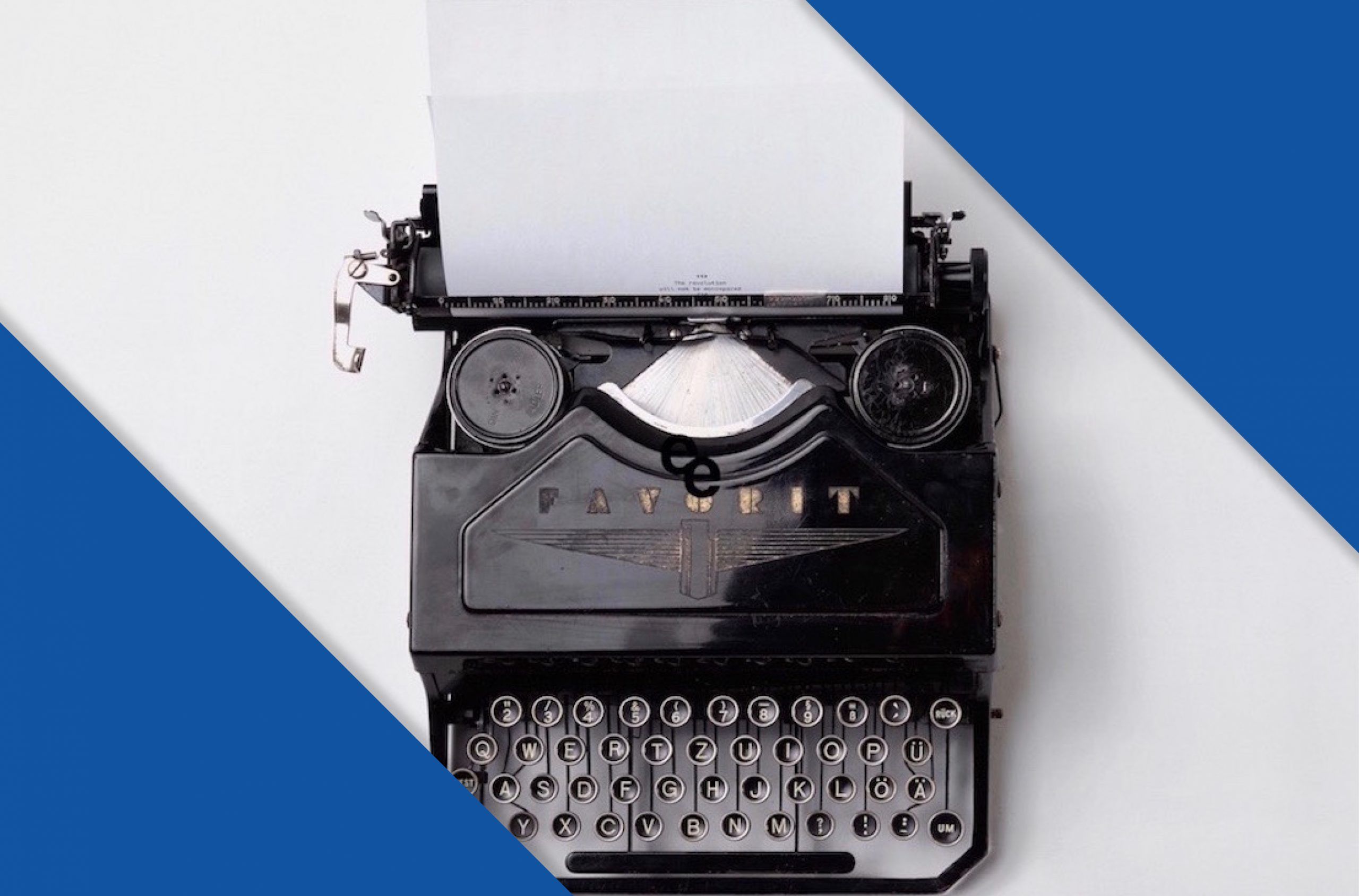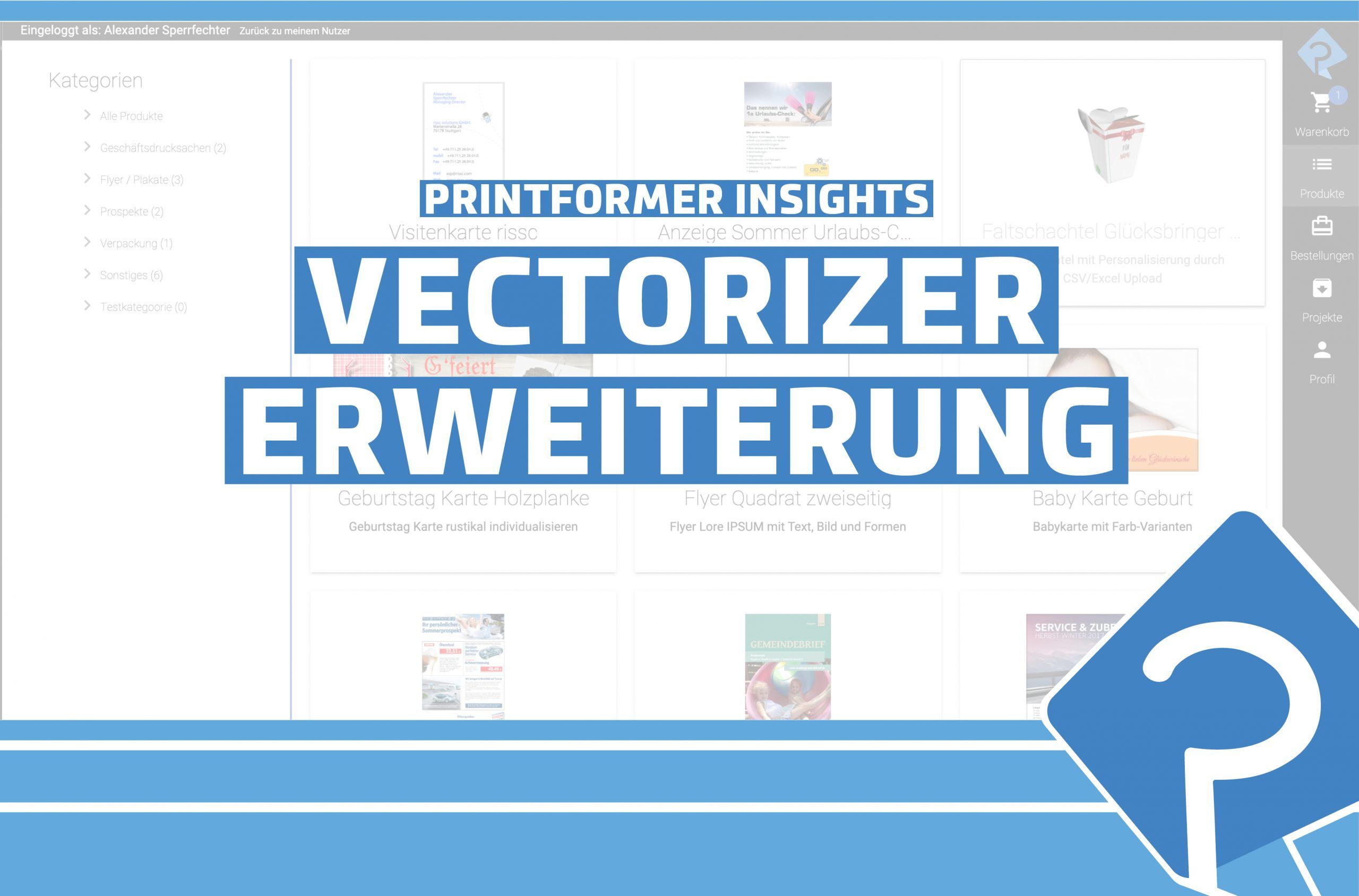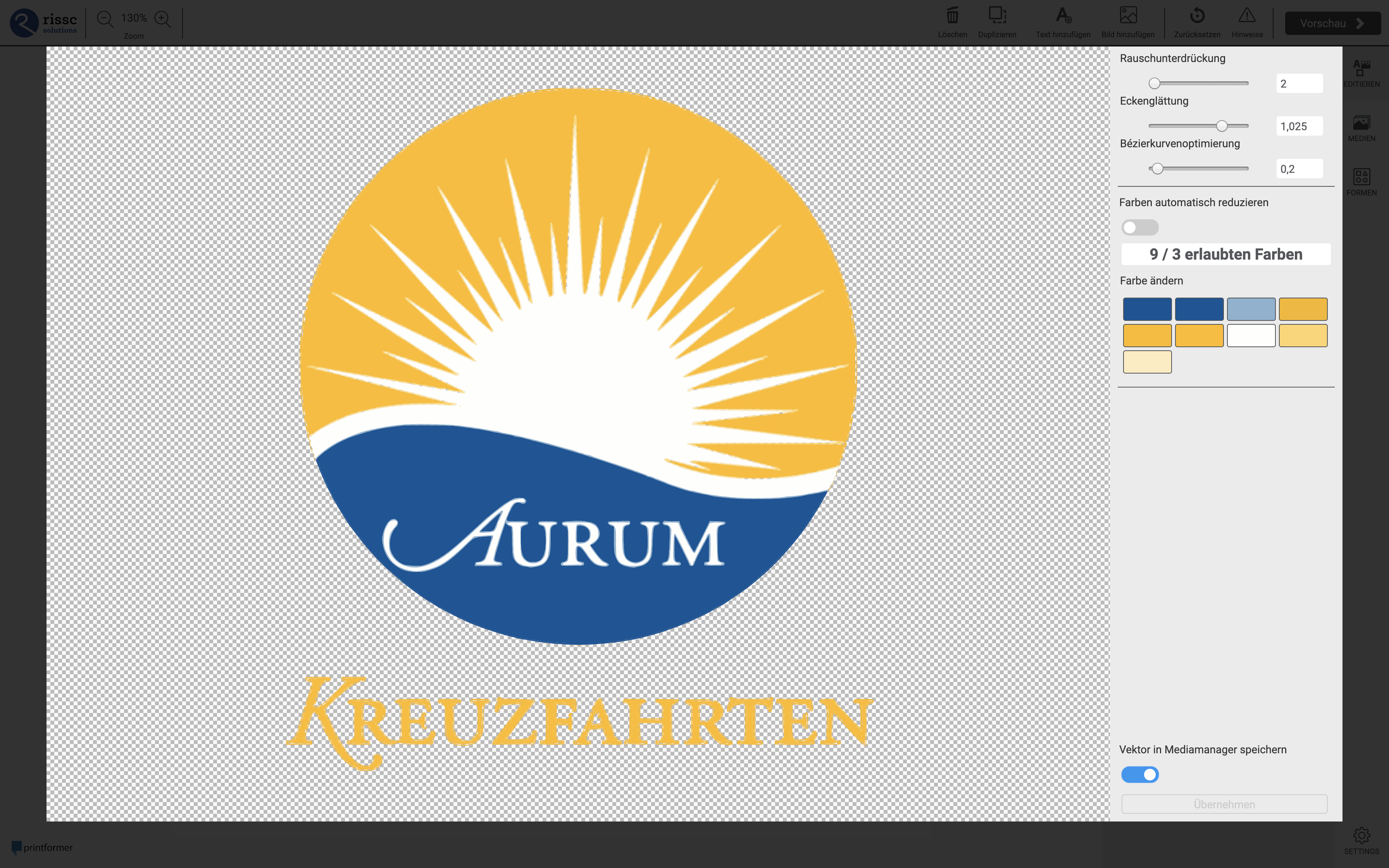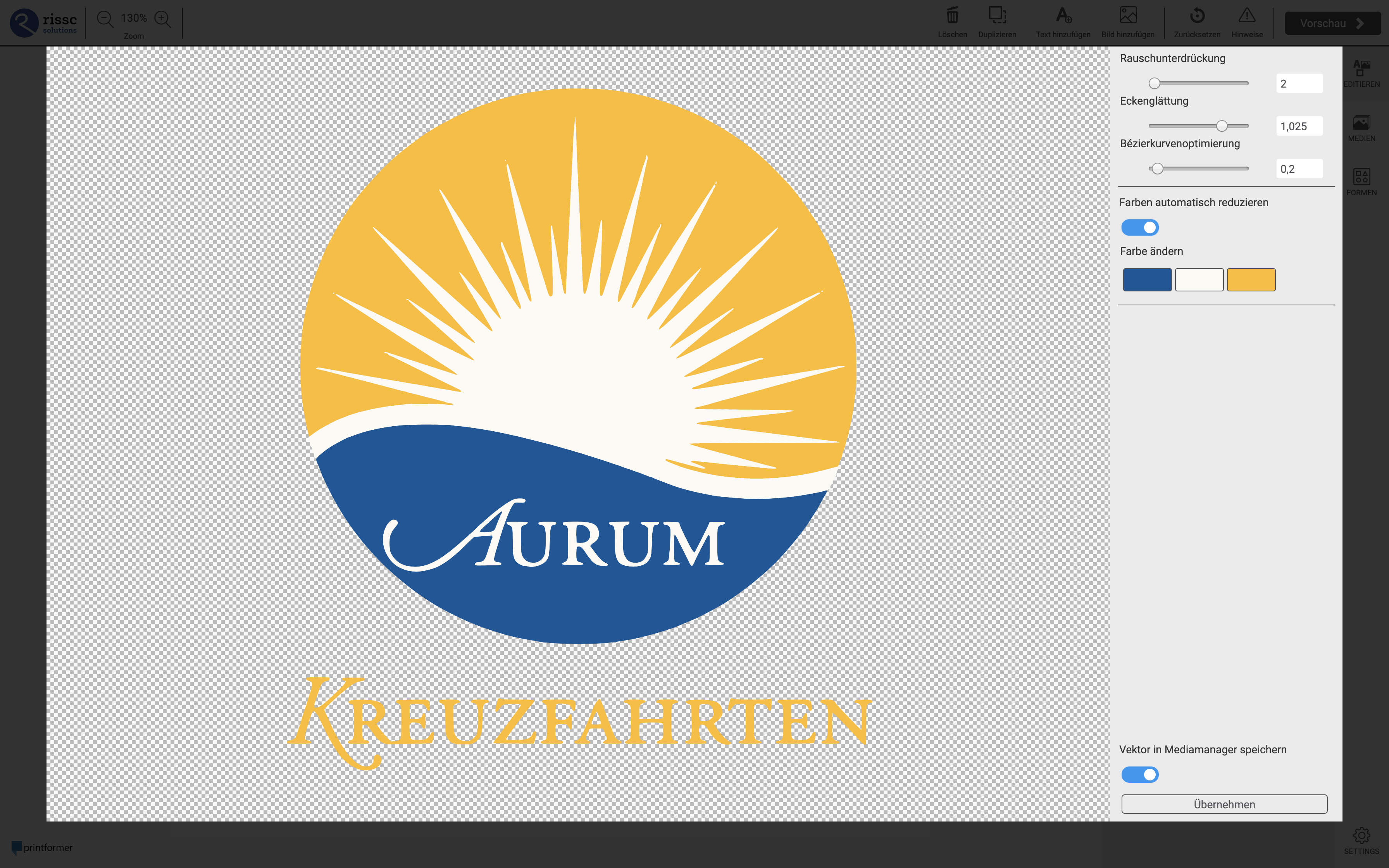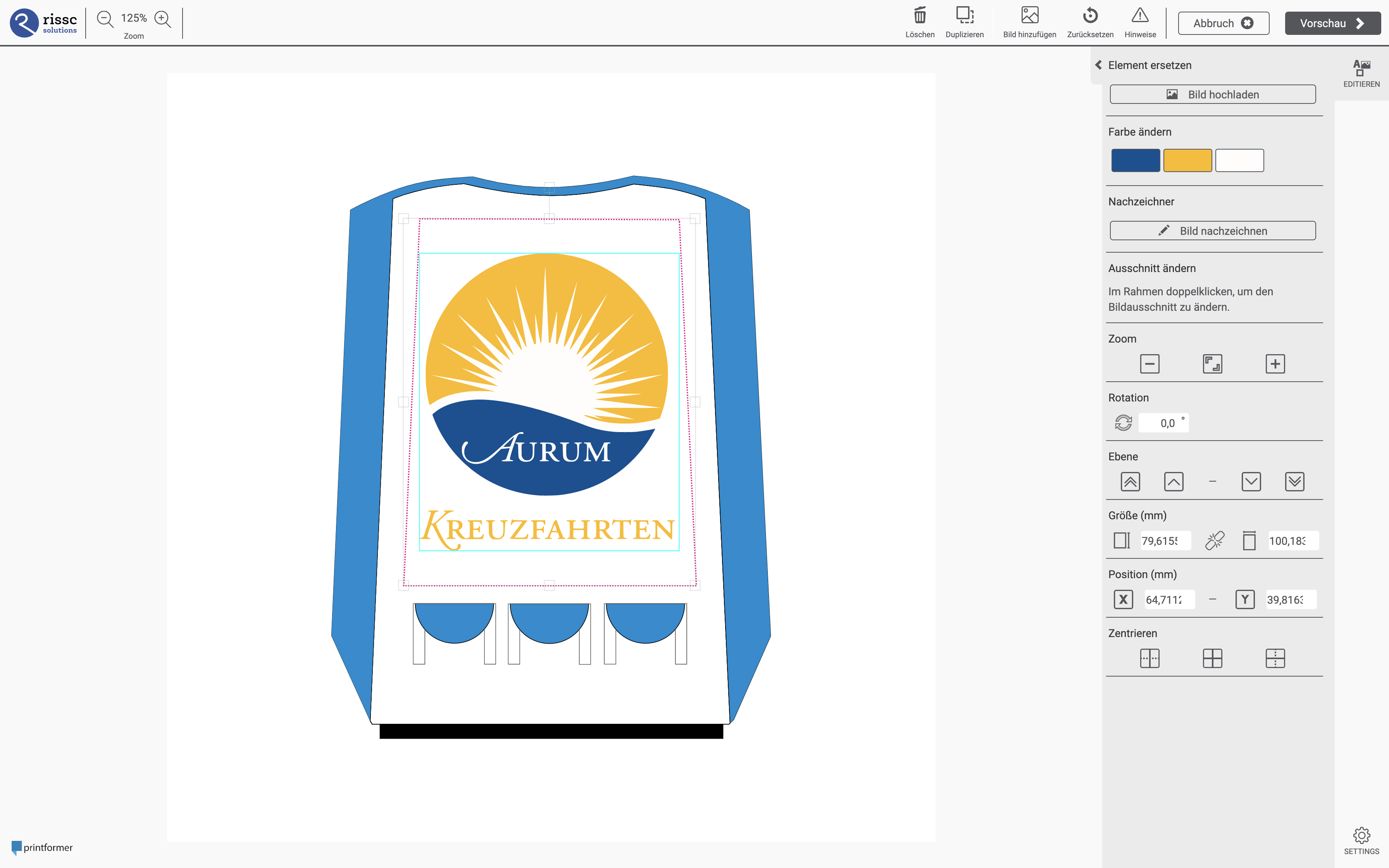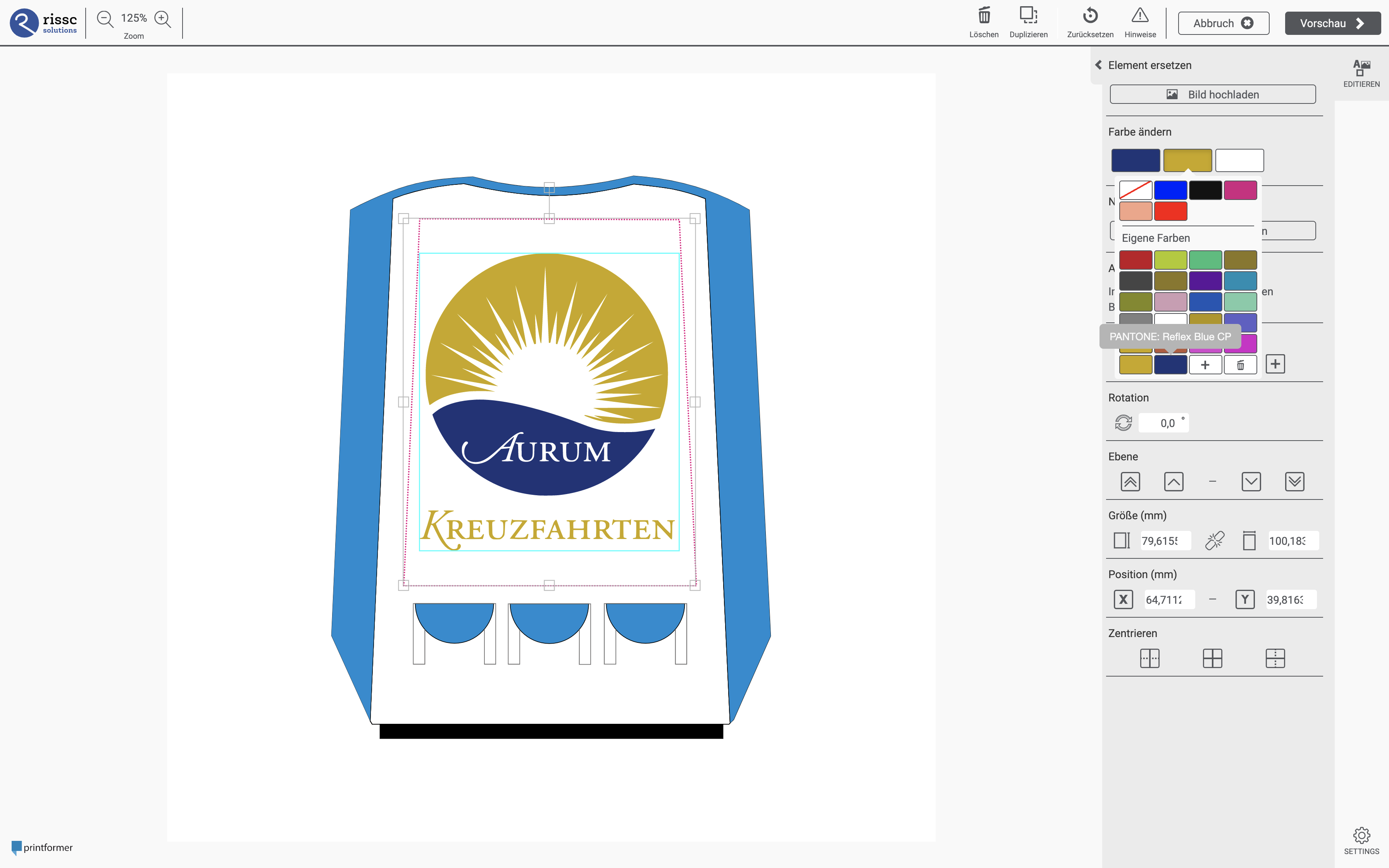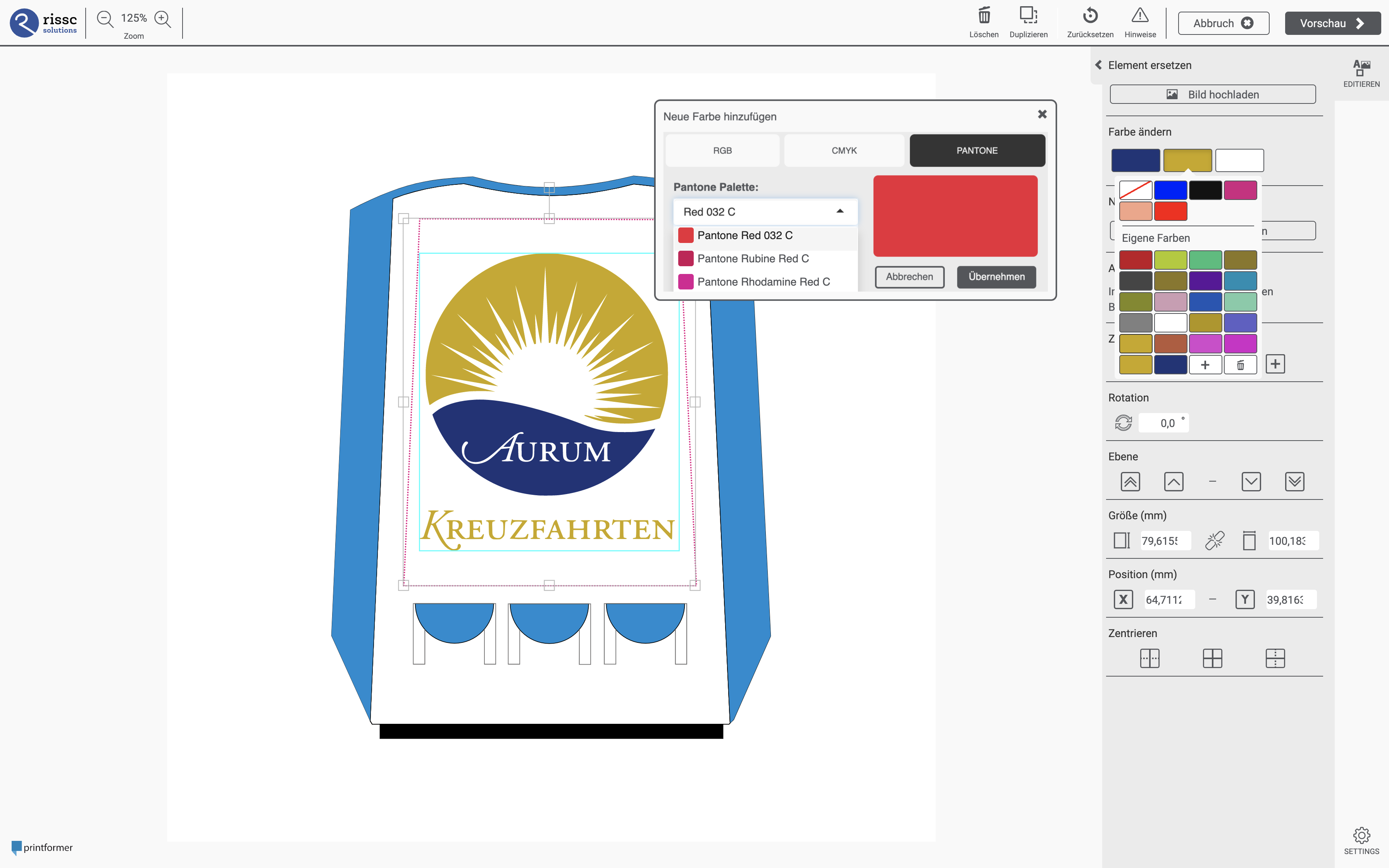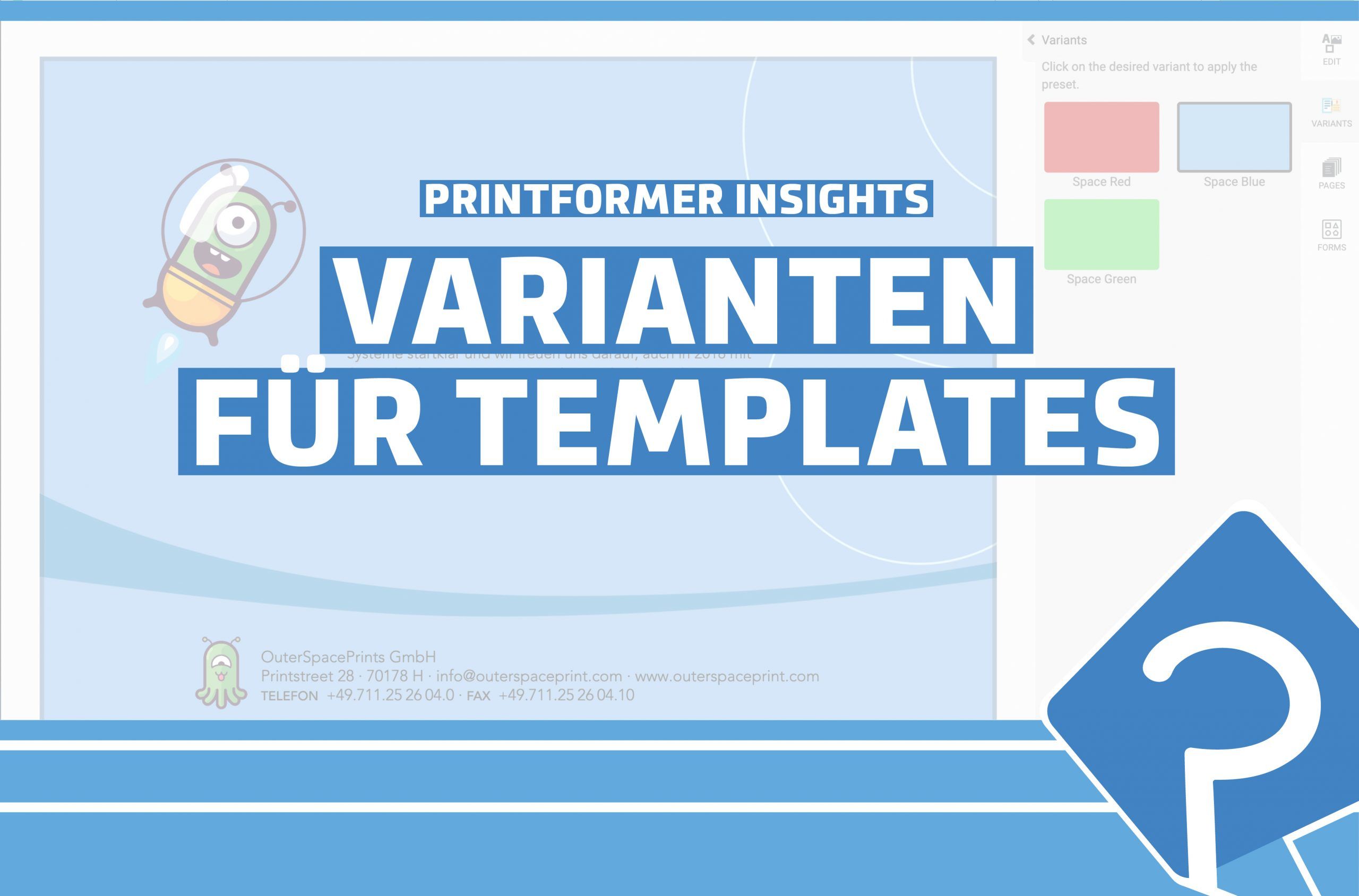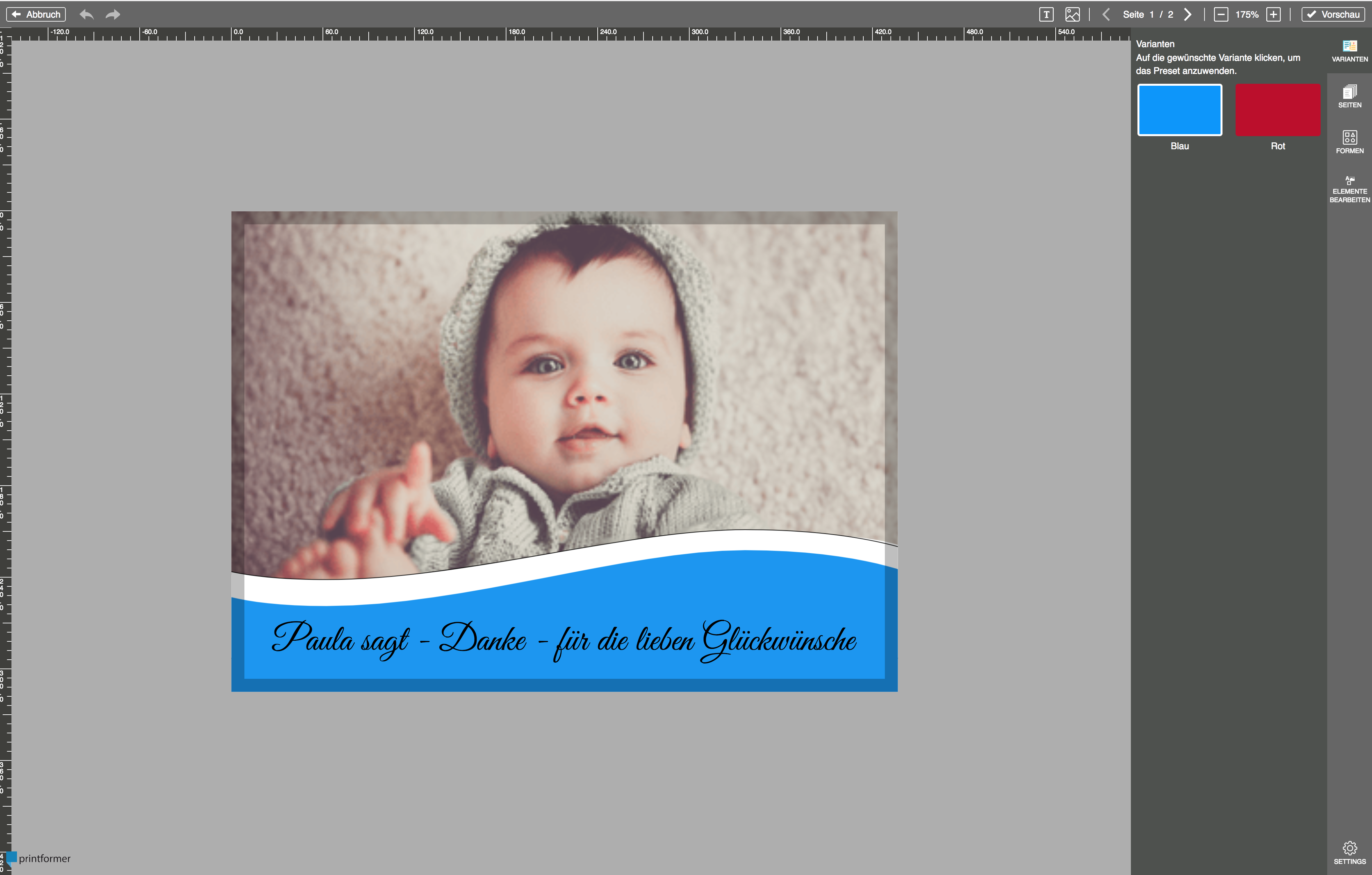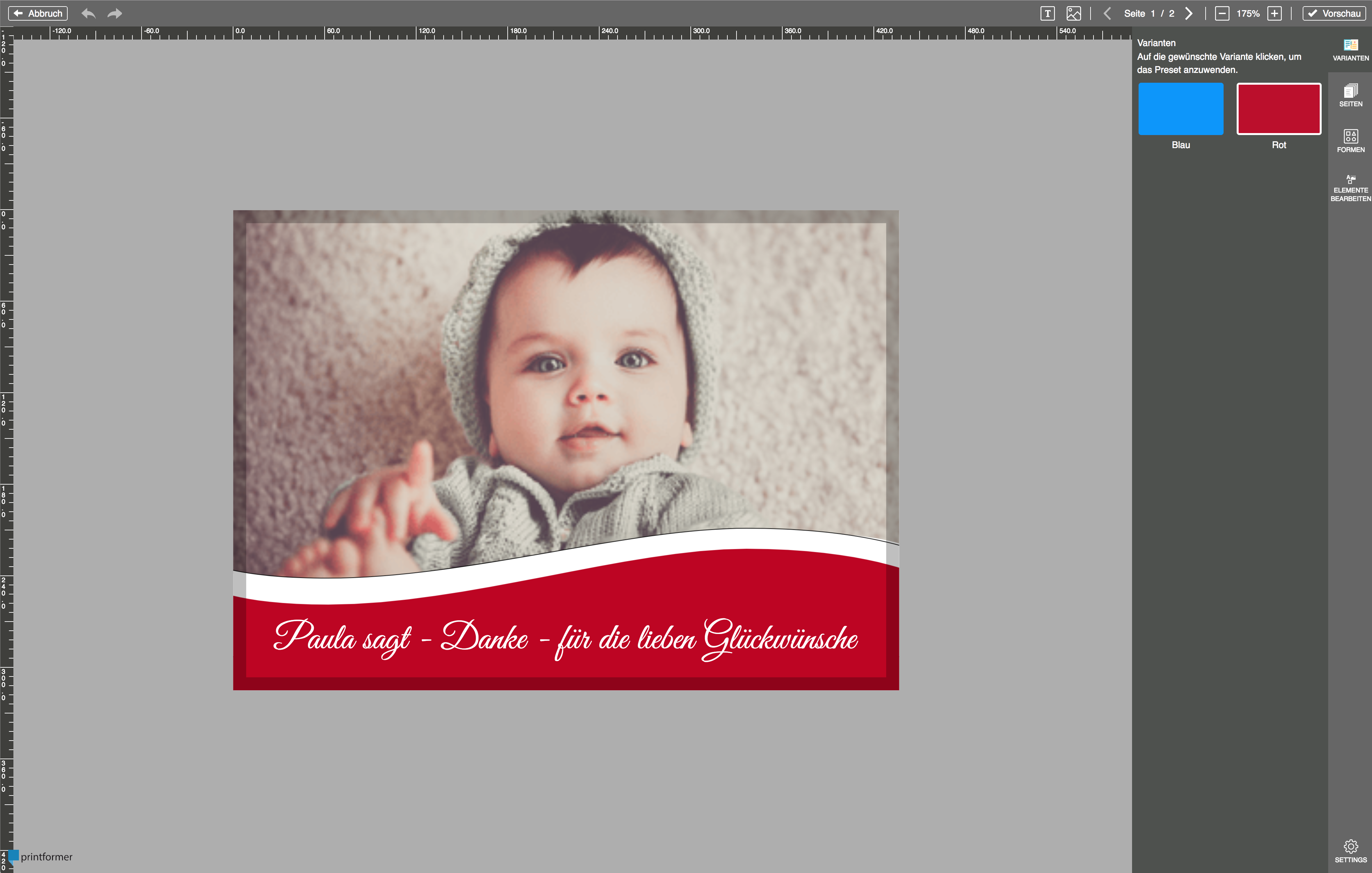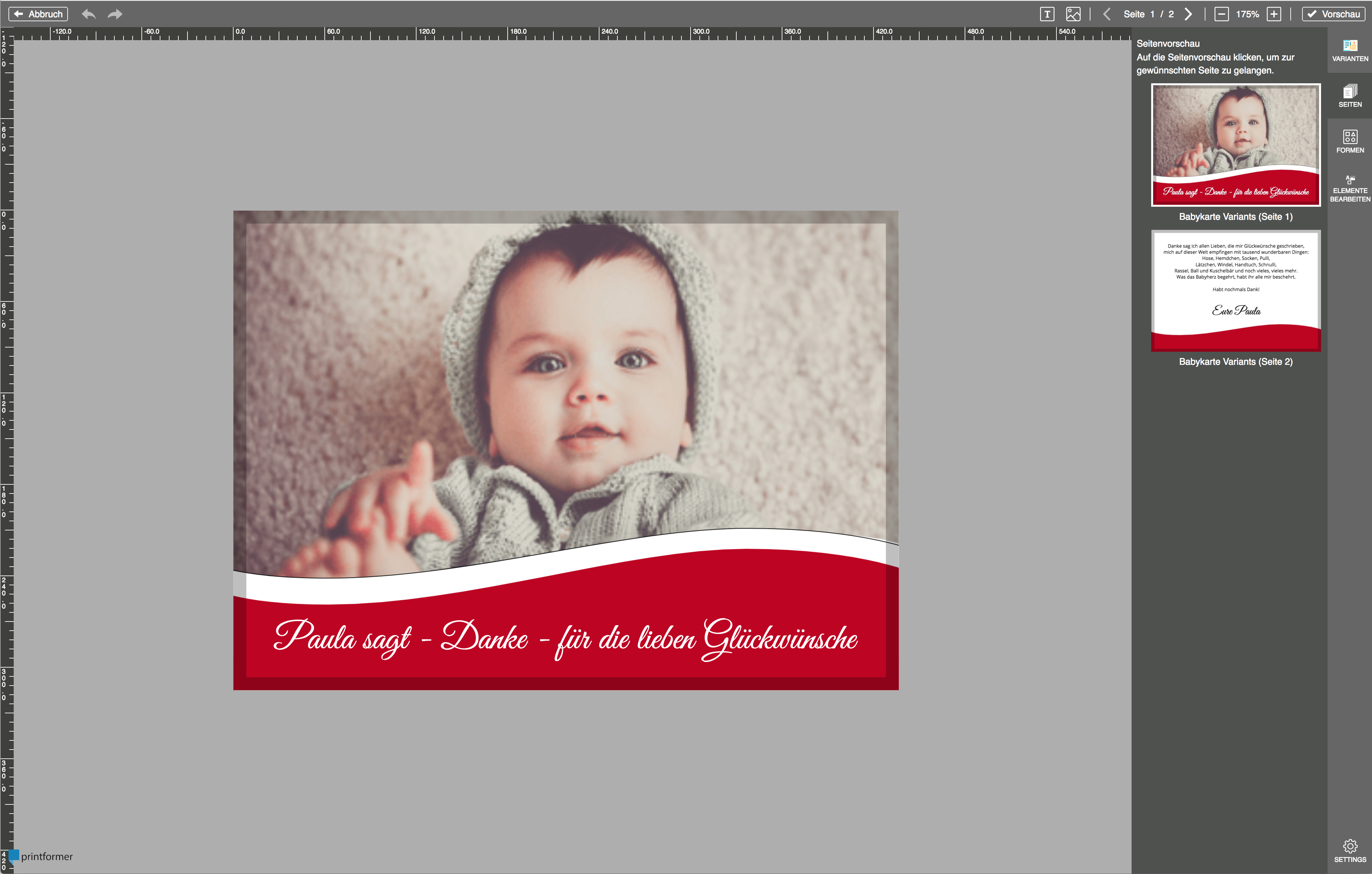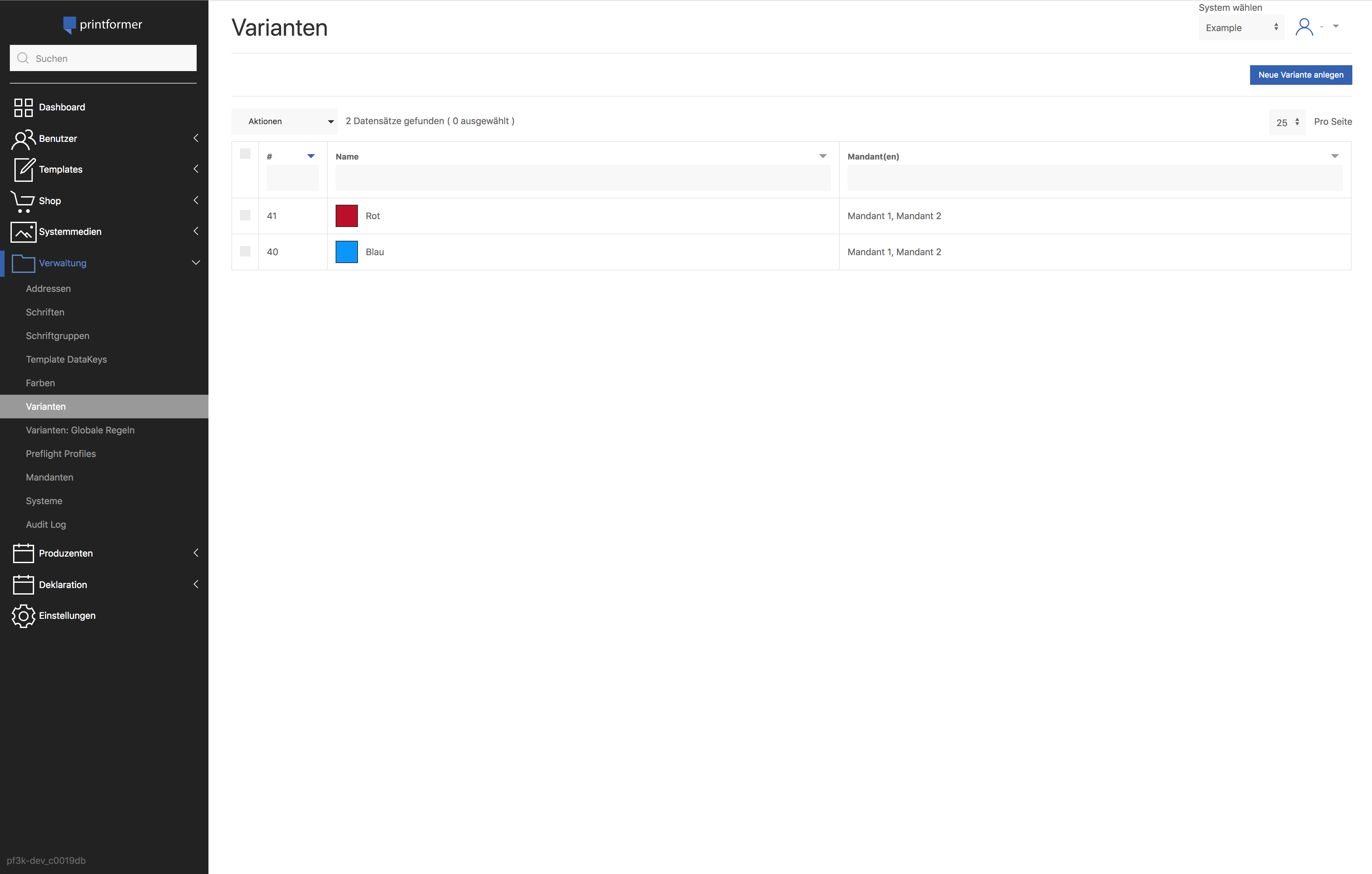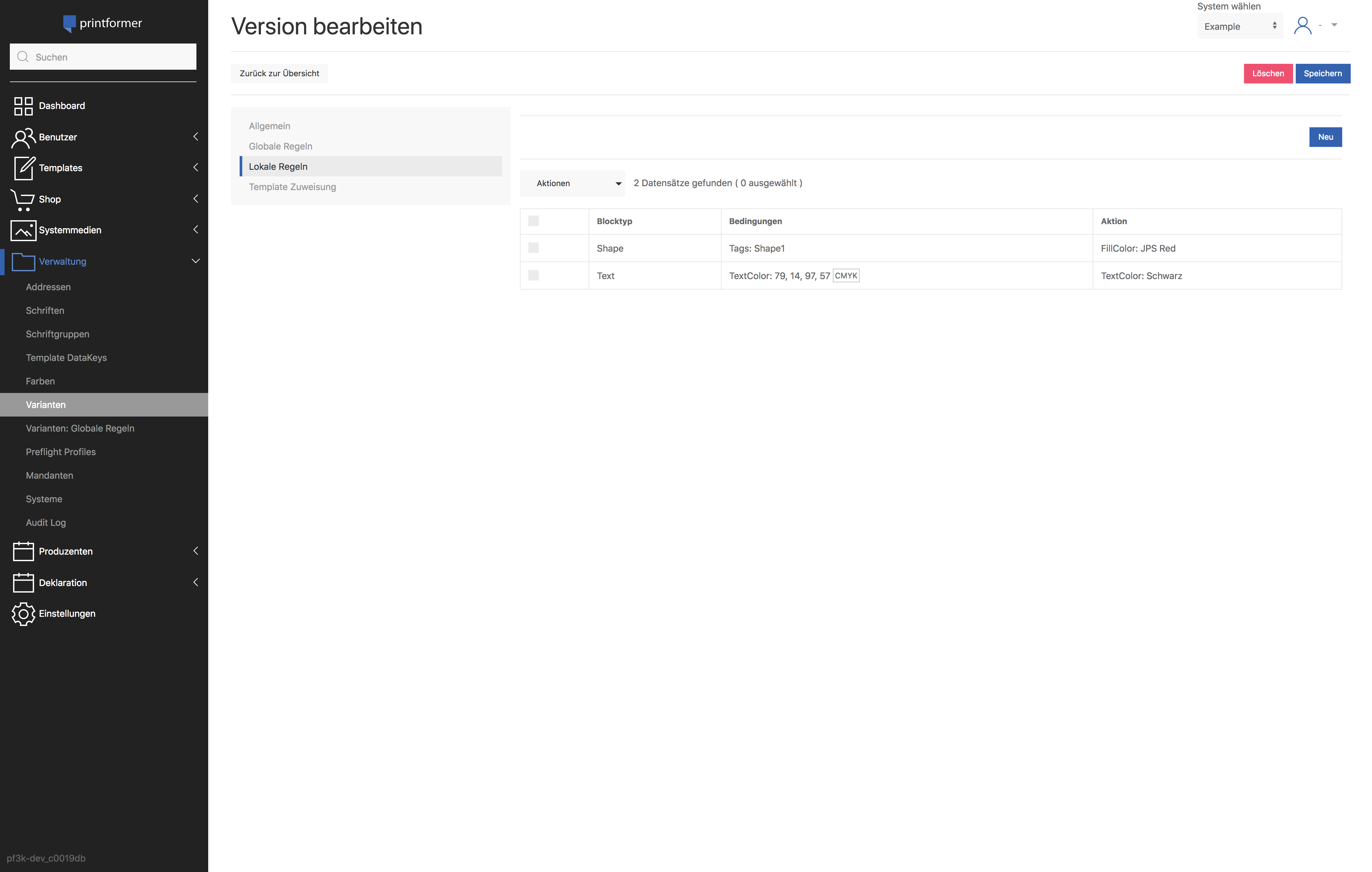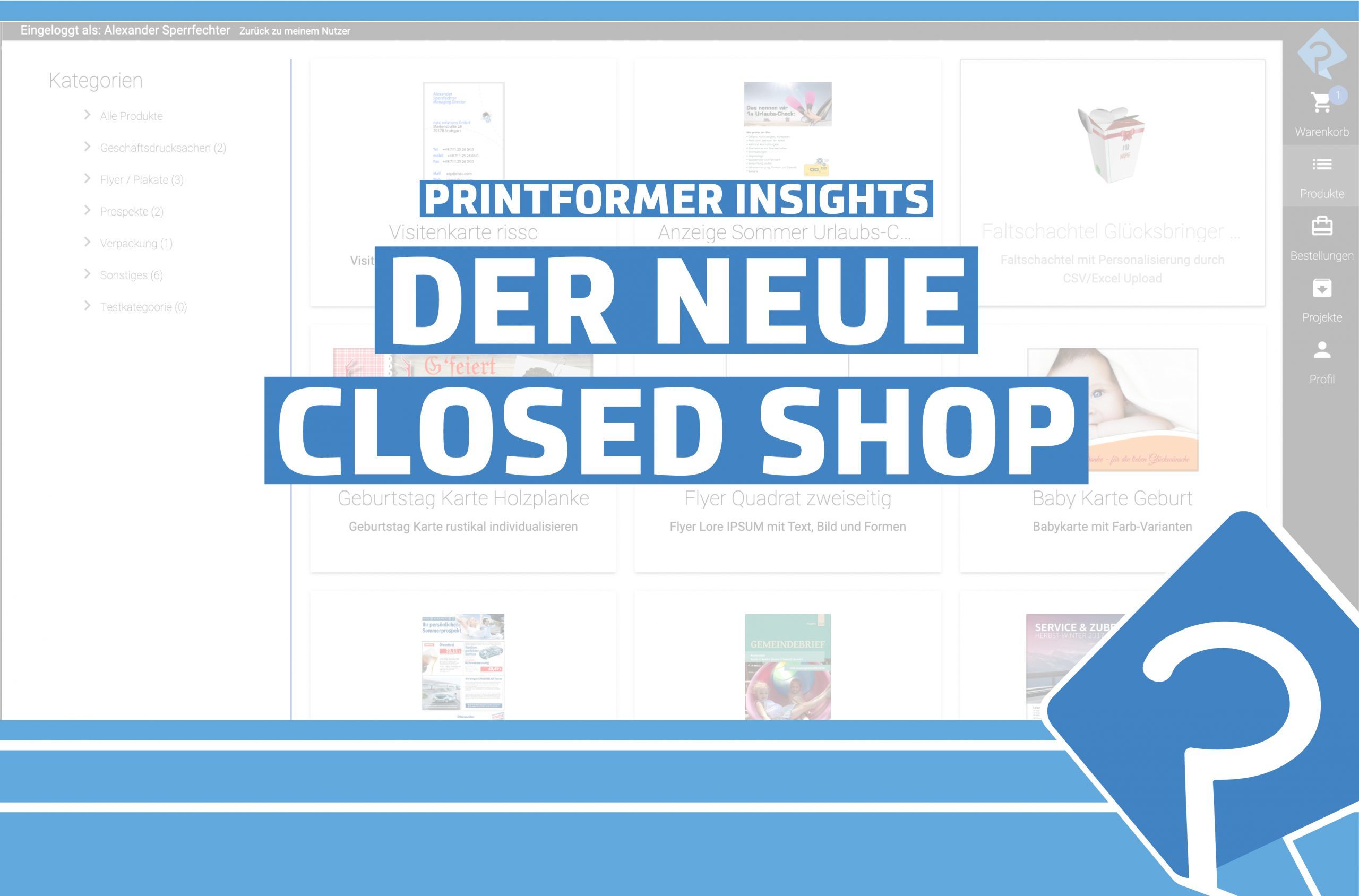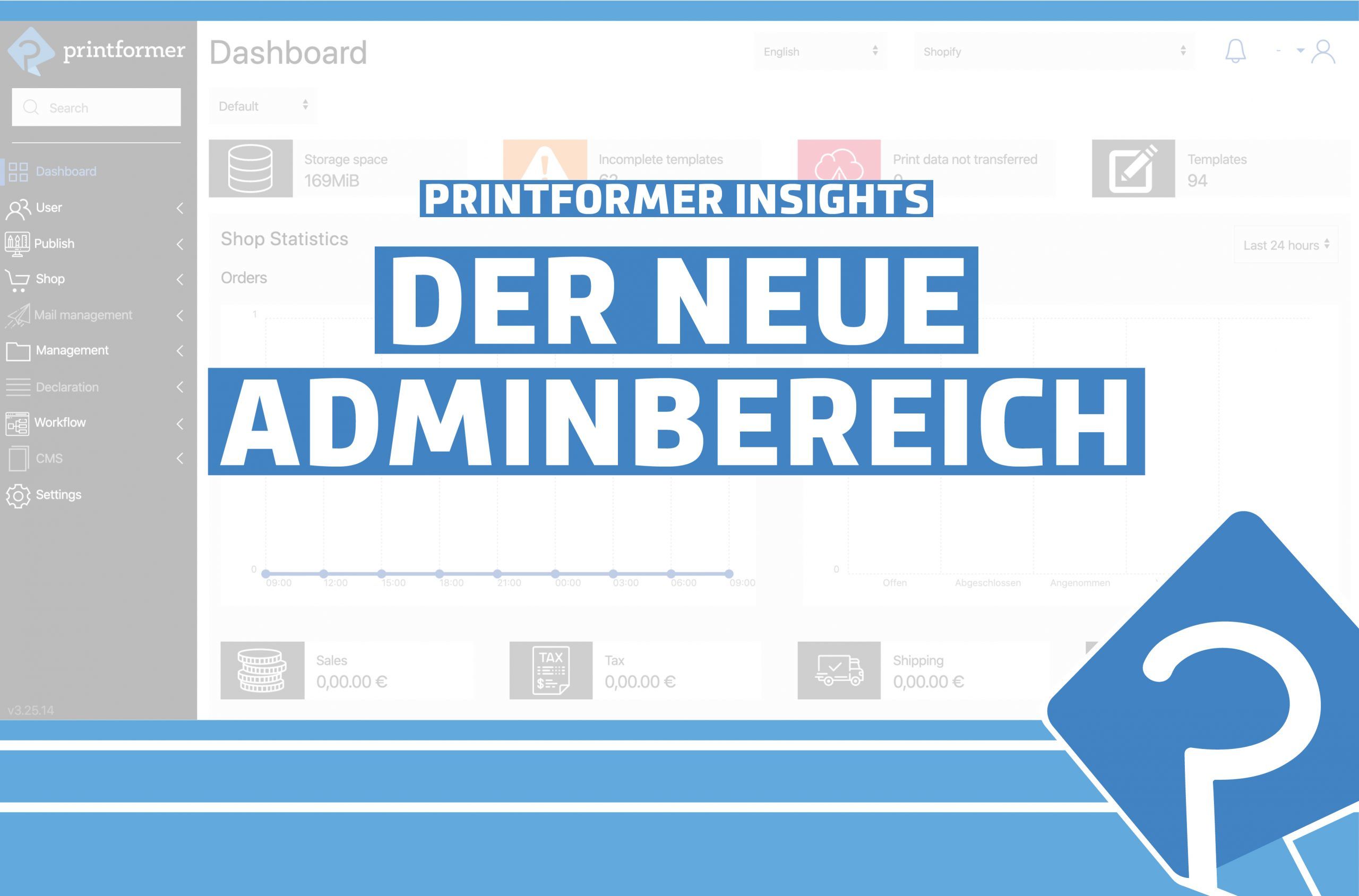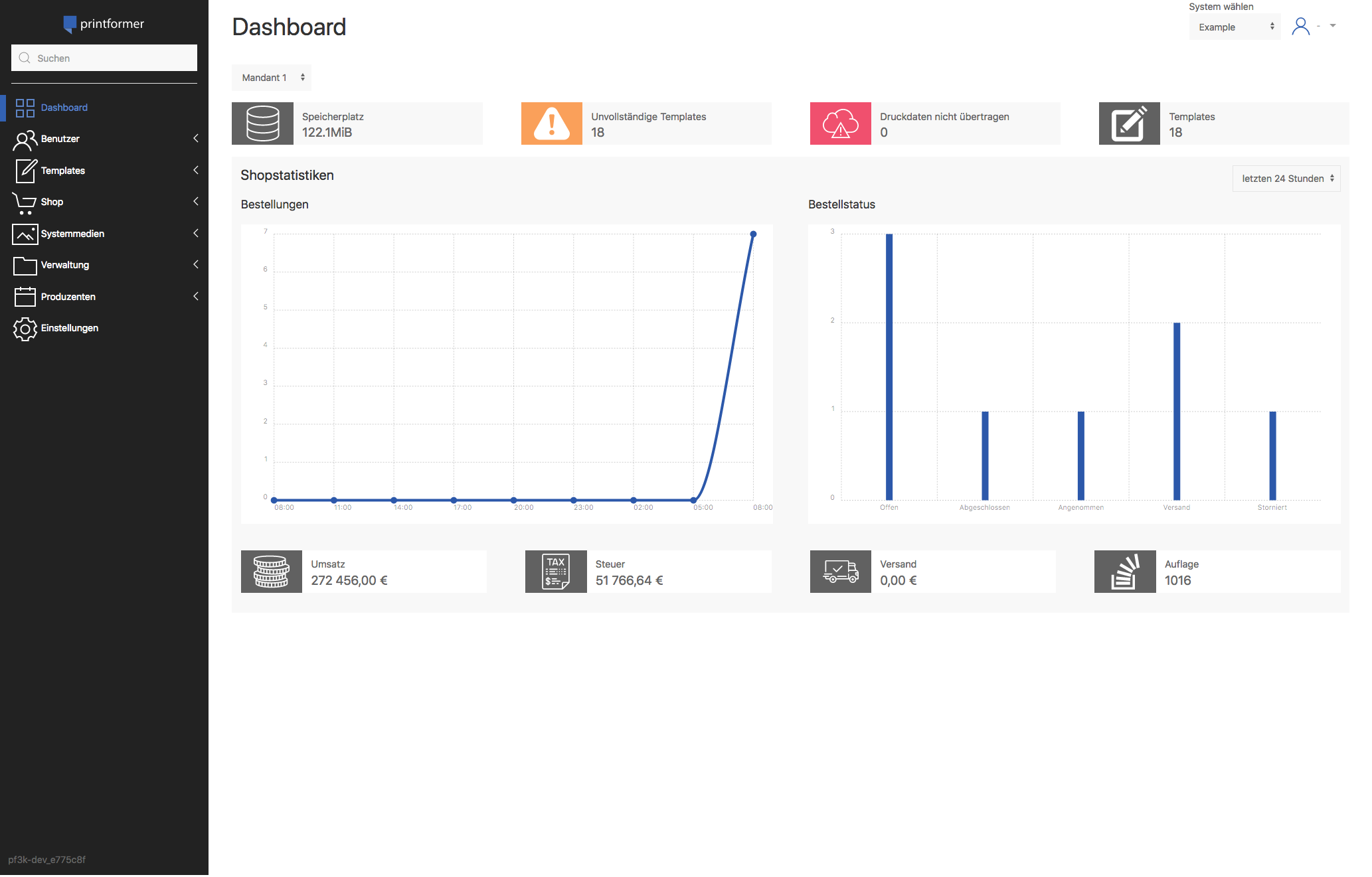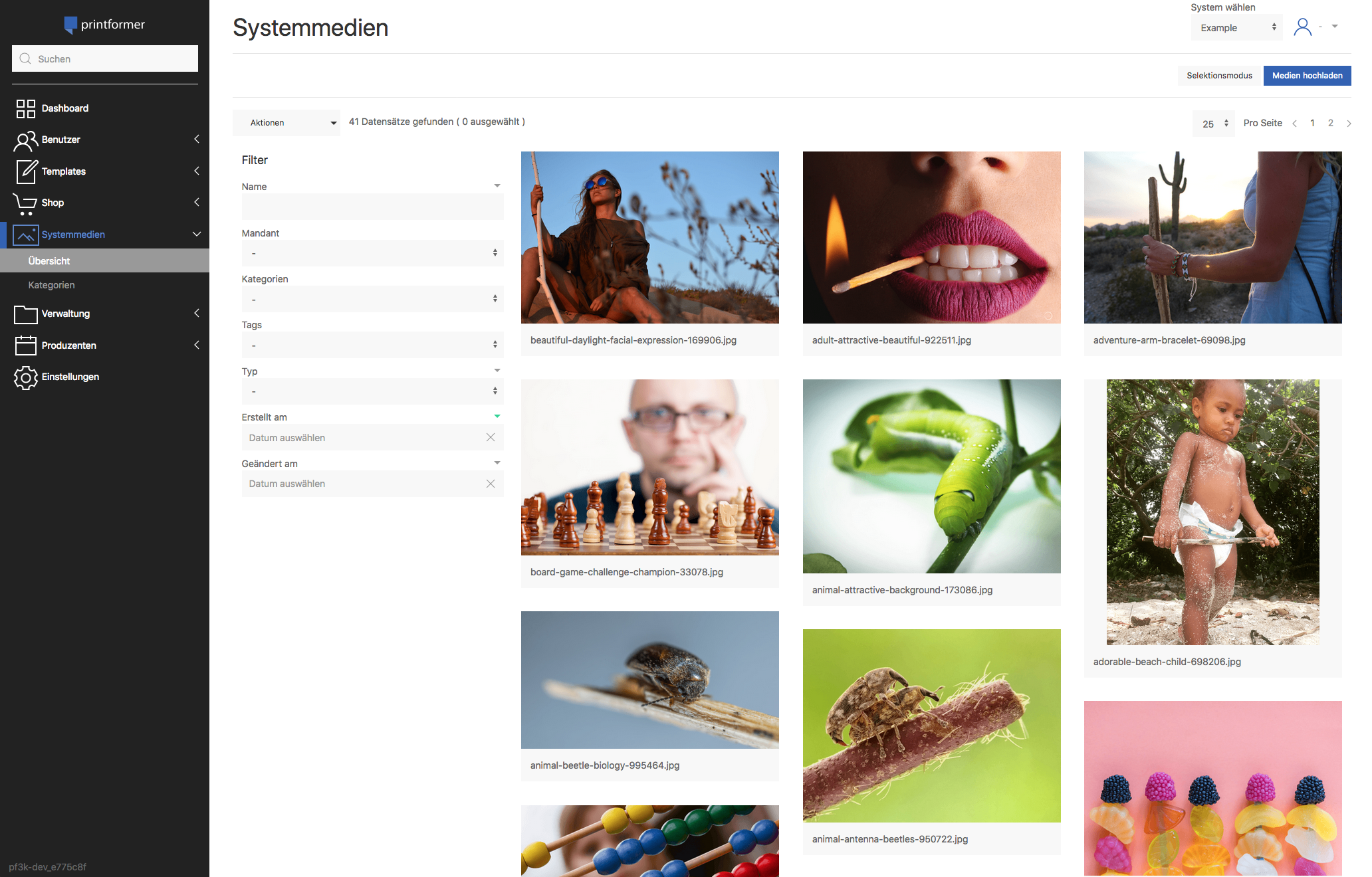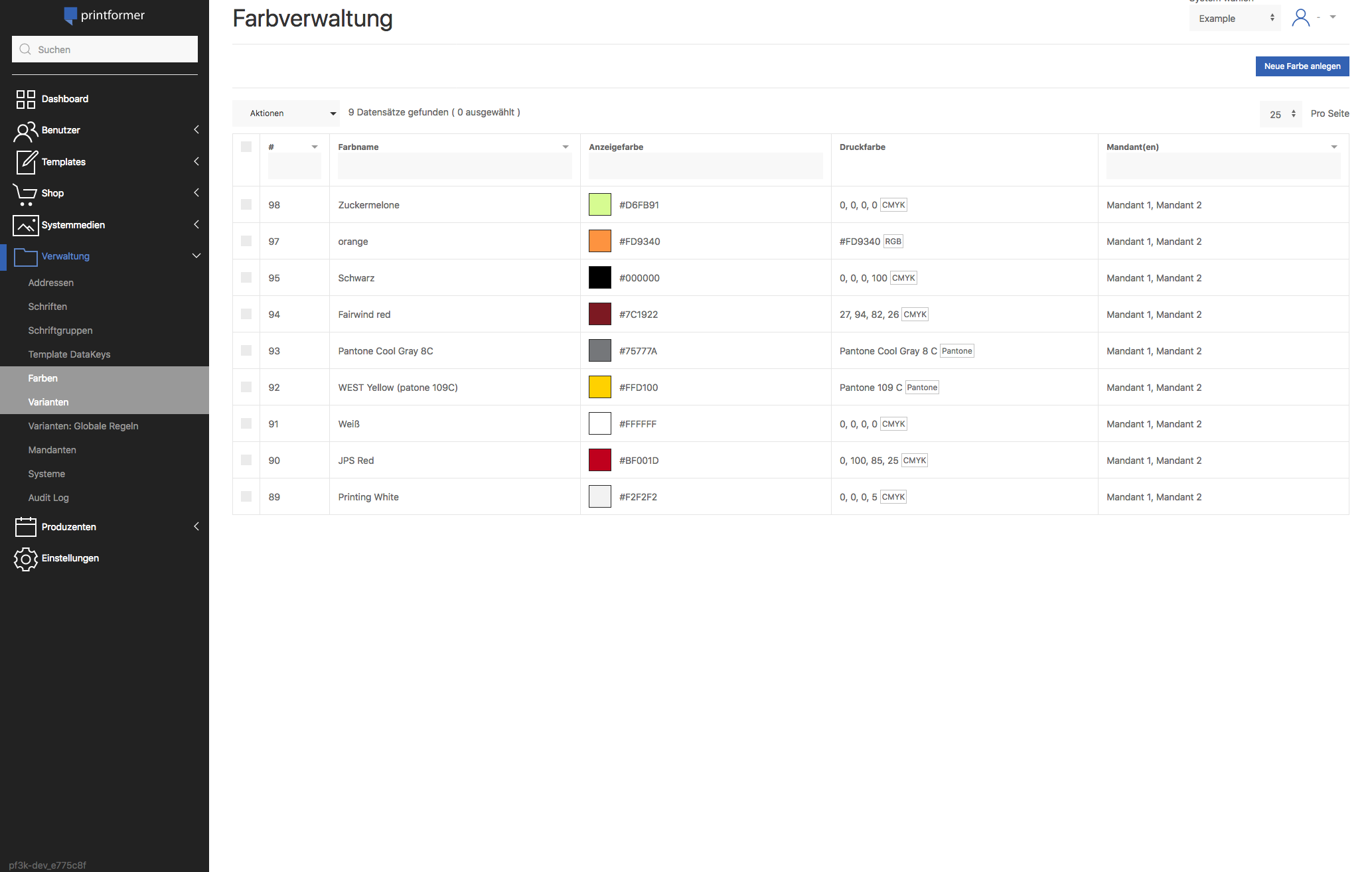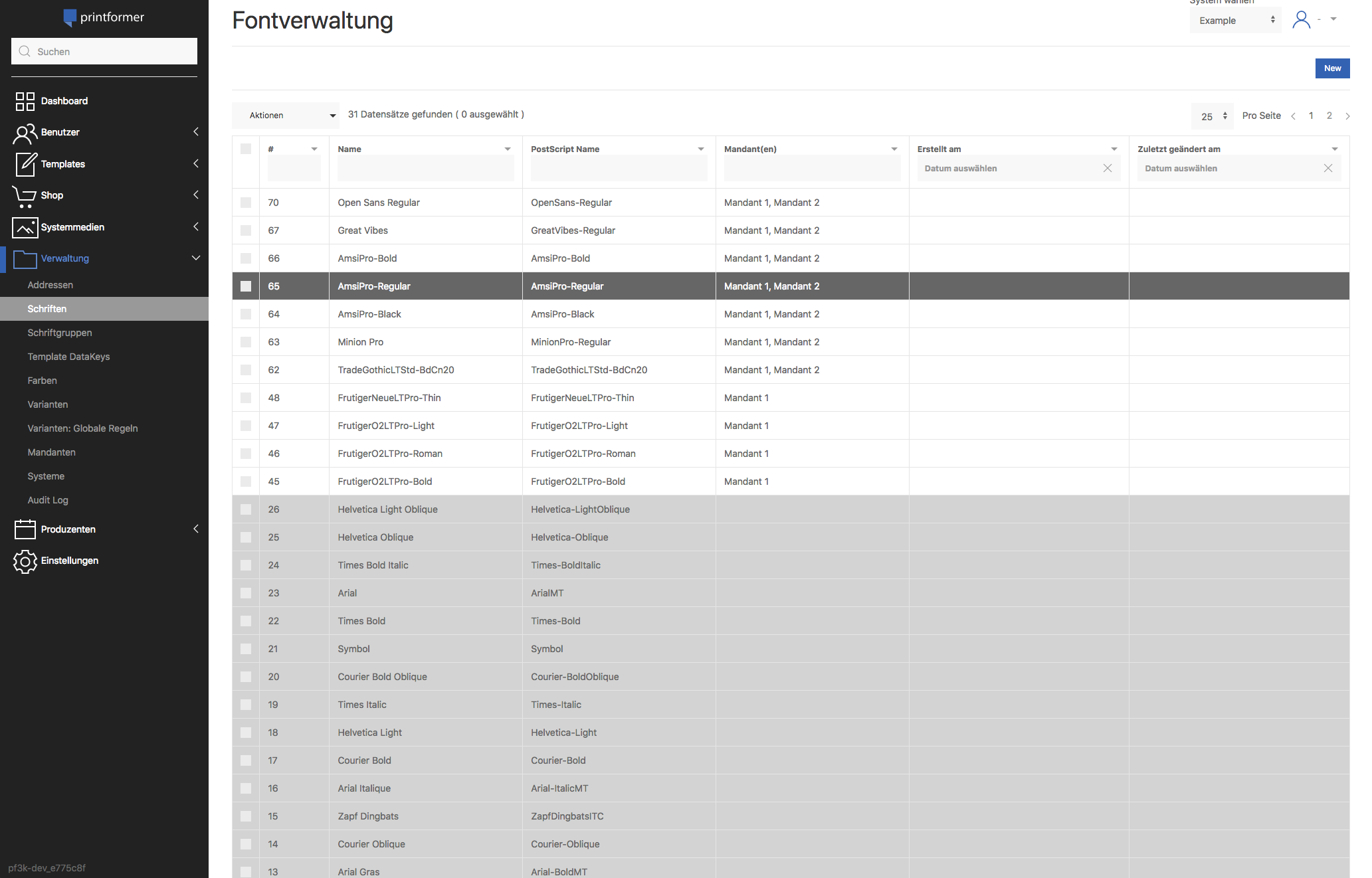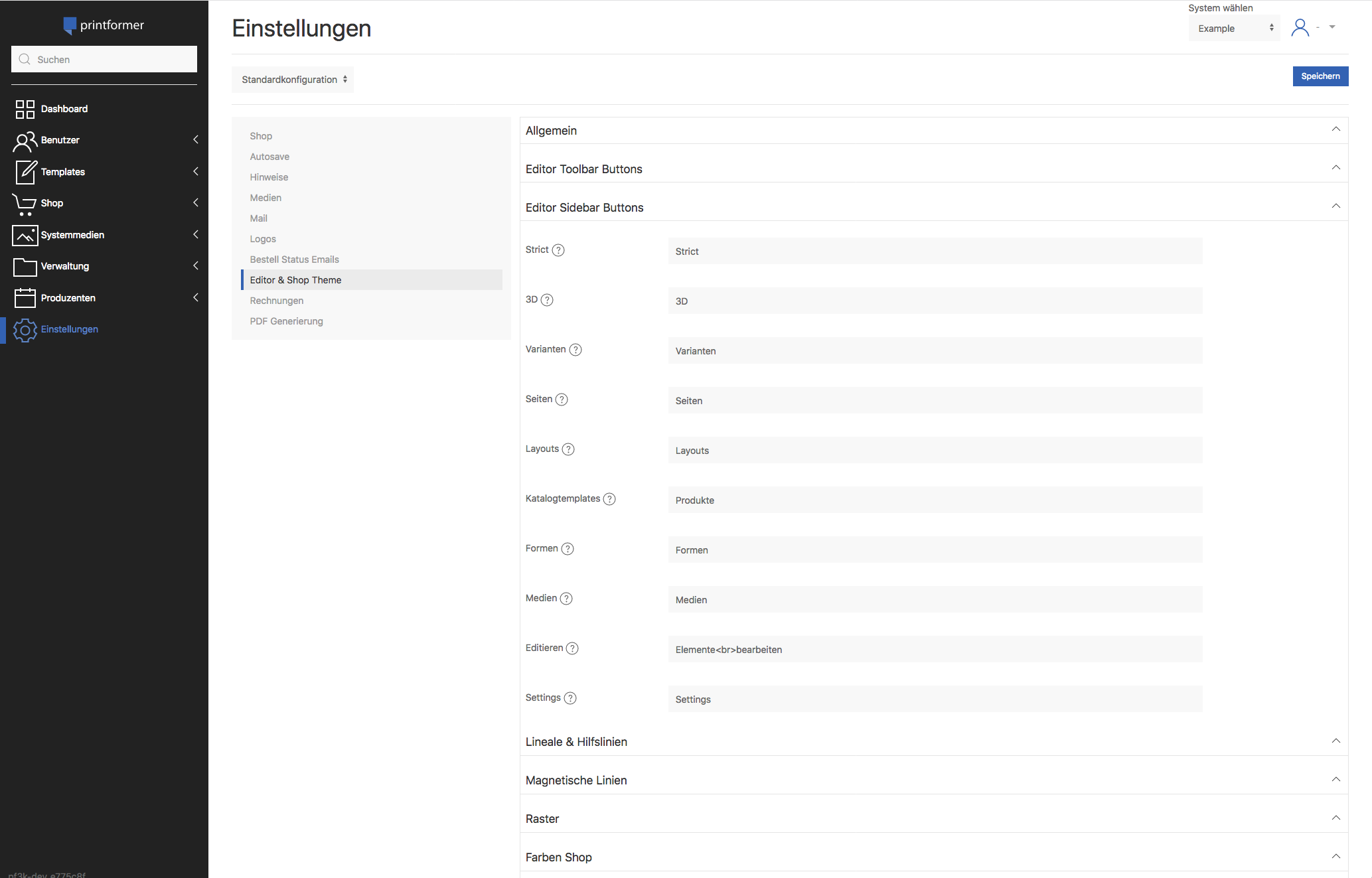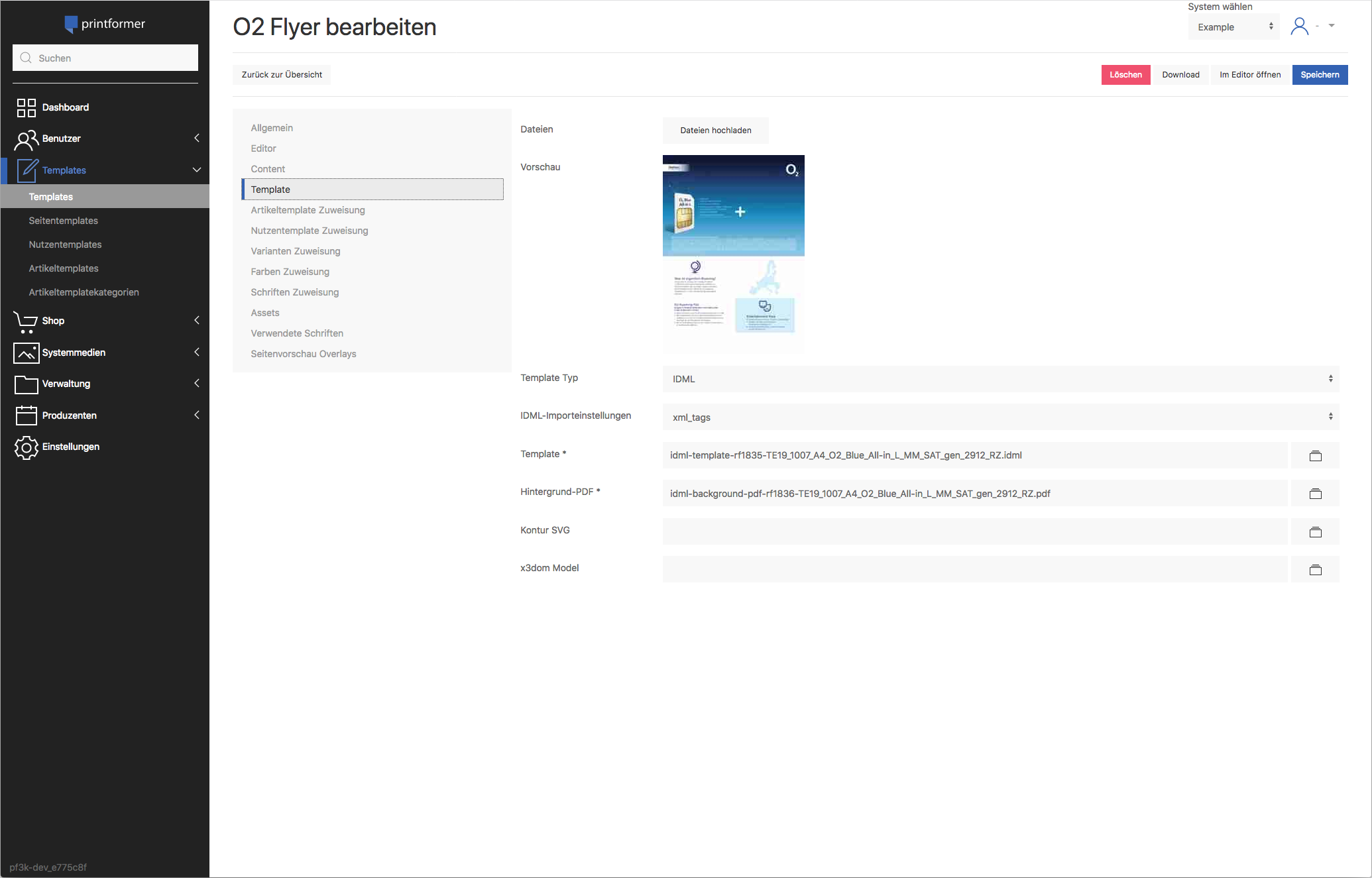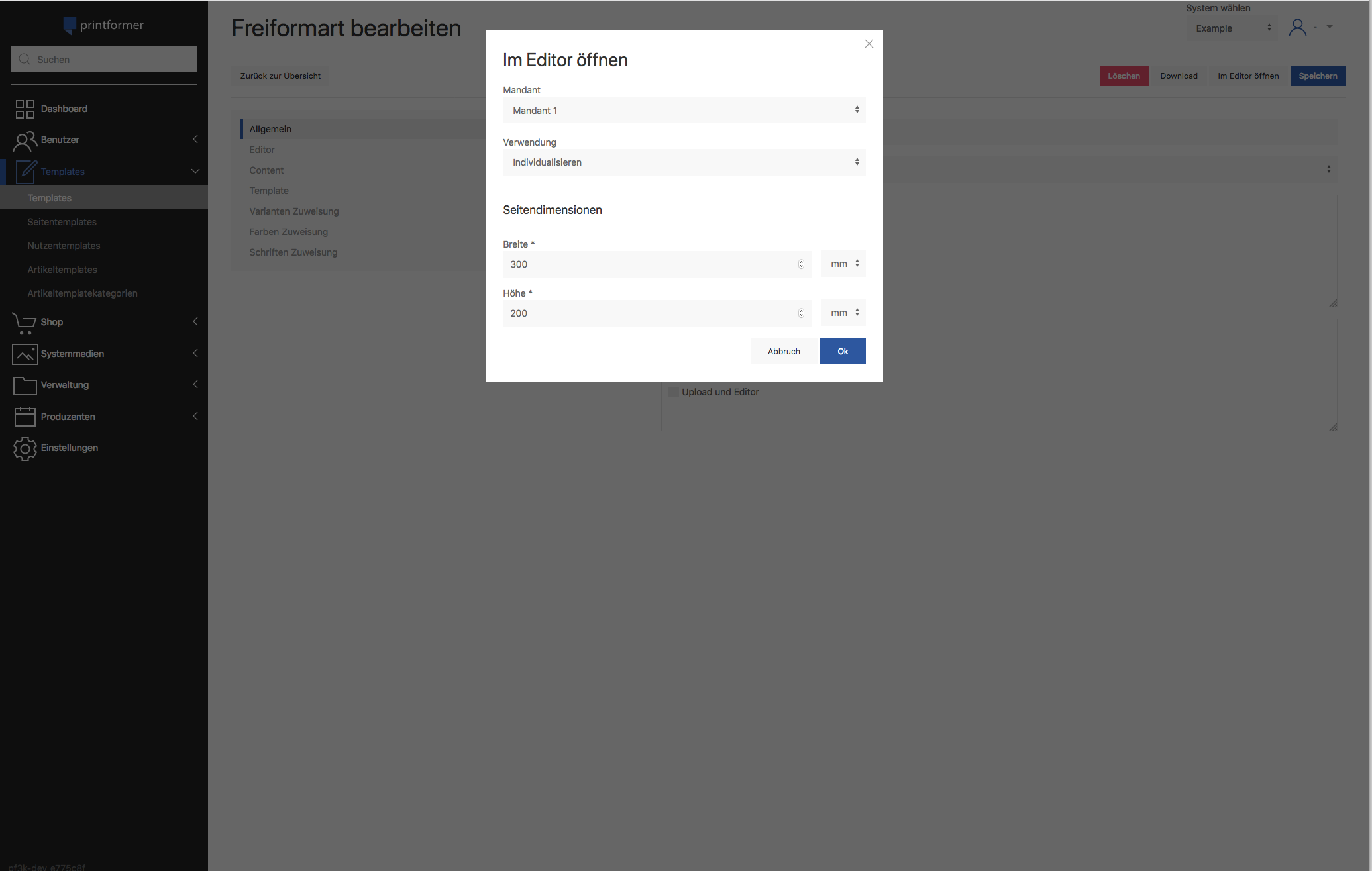How does the 3D trend influence the future editor development in the Web2Print area?
How does the 3D trend influence the future
Editor development in the
Web2Print area?

The last year was a very exciting year for us in the field of editor development. By expanding our customer base we had the opportunity to gain interesting insights into new industries and to gain additional experience in the field of 3D presentation through the visions of our customers.
What stages of development have we seen in the last 10 years of editor development?
For the first version of our web-to-print editors, the Adobe Flash Platform was the tool of choice for us. The decisive factor for this was the ability to implement editing functions, such as text or image manipulation, directly in the browser and to implement cross-browser development relatively easily. Native developments in the browser using HTML & JavaScript were basically feasible at that time, but the HTML standard did not yet meet our high requirements to develop a correspondingly powerful editor.
With the introduction of mobile devices, such as the iPhone and later the iPad from Apple, the gradual extinction of Flash technology was heralded. Some of the reasons for this incipient development were the poorer performance on tablets and smartphones and the comprehensive exclusion of Flash on all mobile devices from Apple. We therefore decided to change the previous editor development based on Flash to HTML5 and completely switch to HTML5. Our focus was now mainly on implementing all functions available in Flash using HTML and JavaScript and adapting them to the new development environment. In addition to taking into account the numerous browsers, our developers also had to struggle with the conversion from ActionScript (Flash) to JavaScript at the beginning. By means of new approaches, however, overcoming these natural hurdles was ultimately only a question of time. Looking back, our consistent decision to rely on HTML5 for editor development was the only right one. The field of eCommerce and the associated product individualization of mobile devices is now indispensable in its current form and is already considered standard by most consumers.
How does the 3D trend influence editor development?
The topic 3D in Web2Print is a very explosive one at the moment. Many consumers want to be able to visually "grasp" the product they have designed themselves in the editor even better afterwards. In my opinion, there are some industries, depending on the complexity of the respective products, that can profit more than others from this additional added value. The "Packaging" sector is a prime example of this, as the possibility of using an additional 3D preview experienced a real boom last year. We are observing the trend here that more and more online printers are expanding their product portfolio to include the "Packaging" category and increasingly independent portals are also being created around the "Packaging" theme. Although the focus is still mainly on the B2B sector, the B2C sector also offers ever more diverse opportunities to gain a foothold in this sector.
From a technological point of view, the implementation of a high-quality 3D preview in the browser represents a great challenge. For this reason, it was previously not possible to create an image of the product in real time and then place it over a three-dimensional body. In order to make the best possible use of the technological possibilities here, too, we said goodbye to our previous editor last year and developed a completely new solution, which is now also based on HTML5, but technologically completely on the HTML5 Canvas Element.
This HTML element can be imagined quite simply as a drawing surface on which text as well as shapes and images can be placed. With the help of Canvas we are now able to create an image of the individualization and then place it directly over a 3D model. Besides this, canvas also offers us a number of other advantages. On the one hand, we are no longer dependent on HTML for text functions as before, and on the other hand we can achieve improved performance of the editor by minimizing DOM elements.
In conclusion, I can only conclude that we were able to take an important technological step forward last year, and that our "printformer" also puts us in an excellent position to deal with the many future trends in the "web-to-print" and "mass customization" sectors.
